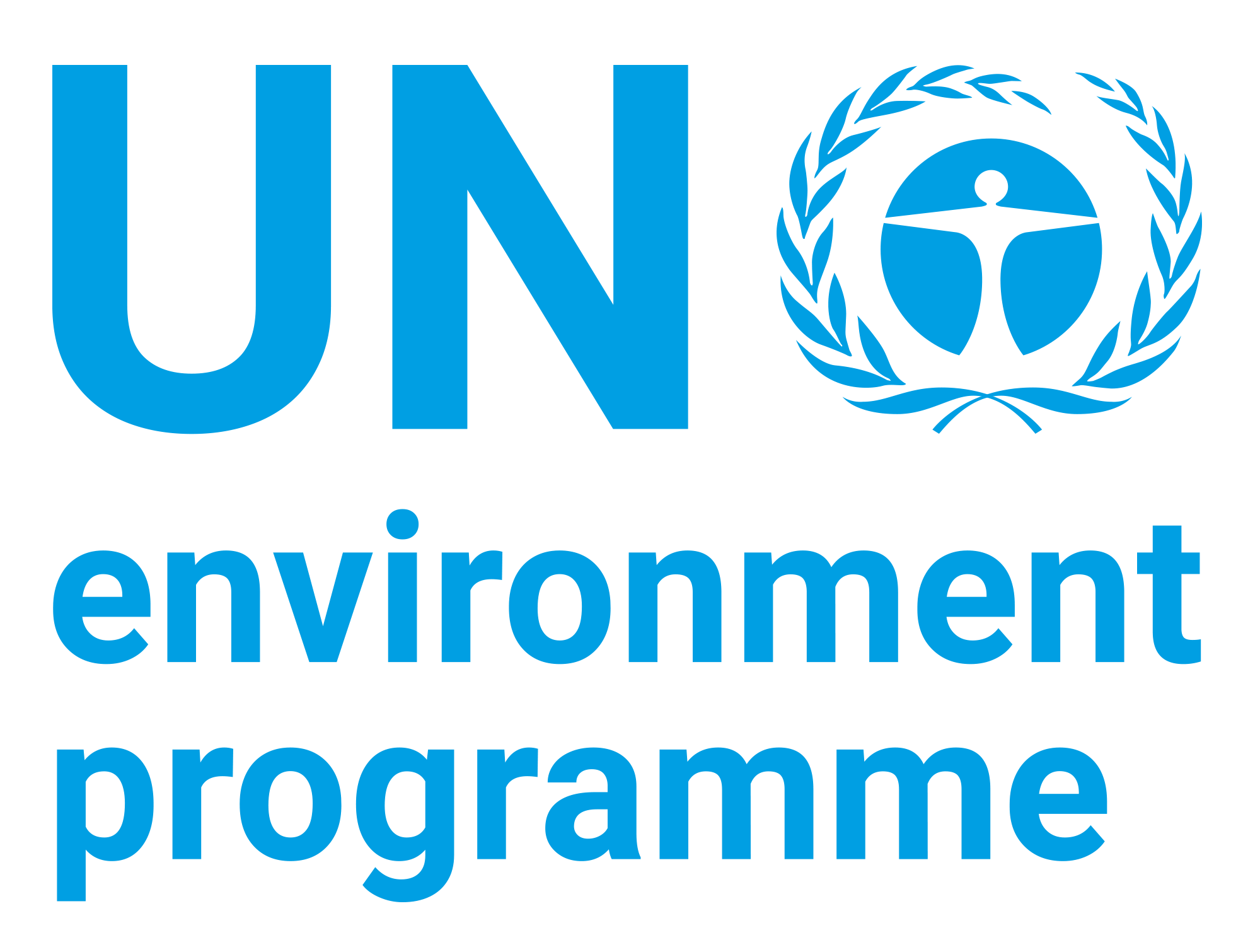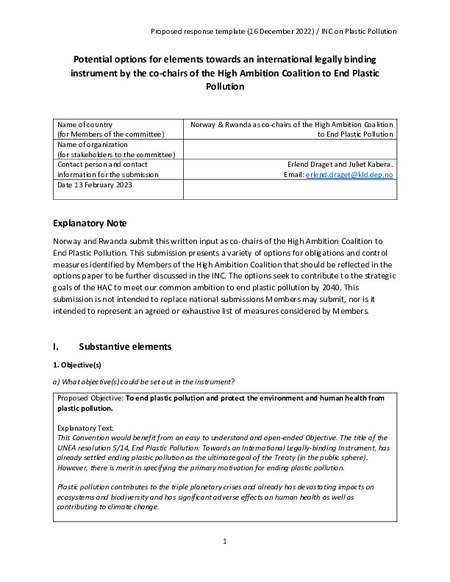| dc.contributor.author | Arctic Monitoring and Assessment Programme (AMAP) | |
| dc.date.accessioned | 2016-10-11T20:07:06Z | |
| dc.date.available | 2016-10-11T20:07:06Z | |
| dc.date.issued | 2002 | |
| dc.identifier.uri | https://wedocs.unep.org/20.500.11822/8658 | |
| dc.description | The Arctic Monitoring and Assessment Programme (AMAP) was established in 1991 to monitor identified pollution risks and their impacts on Arctic ecosystem. This human health assessment considered the health risks associated with the exposure to contaminants in relation to other lifestyle factors that affect health. It established that in the Arctic region, the Inuit population in Greenland and Canada face the highest exposures levels to various POPs and mercury. These levels are linked to consumption of marine food sources as part of their traditional diets. It therefore recommends that monitoring of Hunan exposure to mercury, relevant POPs, including dioxin and dioxin-like compounds and other chemicals of concern, be continued in order to estimate risks, and further elaborate the geographical trends, in order to establish time trends of exposure. | |
| dc.language | English | |
| dc.publisher | AMAP | |
| dc.rights | Public | en_US |
| dc.subject | human health | en_US |
| dc.subject | environmental pollution | en_US |
| dc.subject | pollution effect | en_US |
| dc.subject | pollution prevention | en_US |
| dc.subject | pollutant exposure | en_US |
| dc.subject | pollutant monitoring | en_US |
| dc.subject | pollution risk | en_US |
| dc.title | AMAP Assessment 2002: Human Health in the Arctic | |
| dc.type | Reports, Books and Booklets | en_US |
| wd.identifier.sdgio | http://purl.unep.org/sdg/SDGIO_00000037 | |





